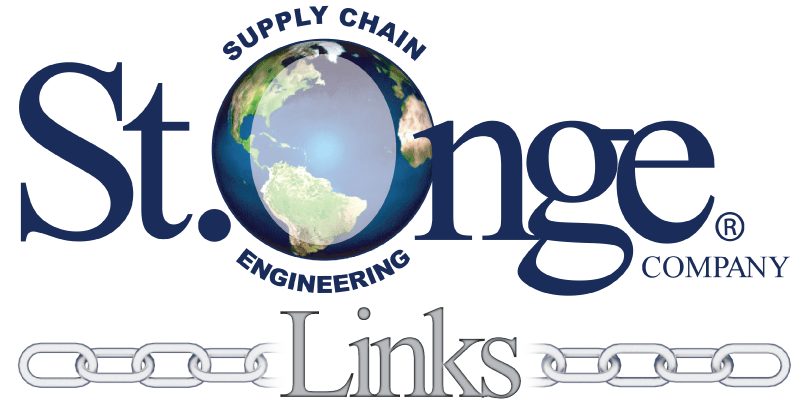 Strengthening your supply chain one link at a time.
Strengthening your supply chain one link at a time.
There will always be a need to move people and things from one place to another. This article hopes to serve as the first in an open-ended series highlighting the nuances of moving things from A to B.
Fundamentally, our need is simple. Move a load to a destination. Further elaboration begs complexity. How big a distance? What size mass? How quickly must it move? How best can we accomplish this goal? And what does best mean?
Defining Transportation Parameters
Every load has several parameters that contribute to determining the optimal transportation strategy. The priority of these parameters is dependent on the business context of each load.
Load Preservation Requirements – How do I care for my load?
This is fundamental to all transportation operations. If my load is not in acceptable condition when it reaches its destination, the mission is not a success. Failure to consider the requirements to preserve a load will lead to damaged goods, dangerous conditions, and unhappy passengers or customers.
-If I am flying passengers at high altitudes, they require cabin pressure and clean air to breath.
-If I am driving ice cream from Maine to Florida, my load requires insulation.
Equipment/Infrastructure Requirements – What must carry my load for me?
Sometimes I can’t move a load myself. If the distance is too far, the lead time is too short, or the load is too large – the right machine can solve my problem. To identify the right solution, I often start with what is constraining me.
-If my load is too heavy to be carried by hand, a hand truck or forklift could help.
-If my load dimensions exceed those of my fleet trucks, I may need to hire an oversized load carrier.
-If my load exceeds the weight capacity of a bridge between my origin and destination, do I need to split my load or reroute?
Range – How far must my load be moved?
Shipment range is the distance between my load’s origin and destination. Transportation distance is generally fixed. Only by performing a supplementary transportation operation can I reduce the distance my load must travel. This is a common consideration in optimizing transportation strategies. By breaking a shipment into multiple legs, unintuitive cost or time efficiencies can be found. The shortest range a load can travel is immeasurable. What would that load be? An electron? A quark? A short but more perceivable range would be between rooms, racks, or floors in a building – like in a dumbwaiter, on a conveyor, in a VLM or, or through a hopper. The longest range a load can have is infinite, like the voyager spacecrafts. Short of the exosphere, international shipments are likely the longest in range. Ocean and Air carriers handle international shipments at vastly different unit costs and vastly different speeds. Understanding the geography between your origin and destination is critical to optimizing your shipment.
-Airlines will take me very far very quickly, but they will pick me up from a smaller set of origins than a bus would.
-My train schedule requires a layover and my two routes have parallel stops. Can I Uber between stops to catch an earlier train and avoid the layover?
Lead Time – How quickly must my load be moved?
Lead time is the sum of time it takes a load to ship and time in transit of that load. Ship time is a function of handling efficiency (another set of smaller transportation problems if you ask me). Transit time is a function of distance and equipment speed. Shorter lead time moves include Prime same-day shipping and Door Dash orders. Having exhausted the concept of NASA missions as examples, custom component orders generally also have long lead times.
-Deliveries are on the critical paths of urgent projects.
-Transit passengers rely on arrival estimates and schedules.
-Perishable items must reach their destination before they expire.
Frequency – How often must my load be moved?
The highest frequency something can be delivered is continuously – like water from the faucet or electricity from an outlet. Continuous demand is generally met with a local buffer or a conduit network (pipes, wires, conveyors). The lowest frequency something can be delivered is once. One-shot transportation systems necessitate intense planning of deliveries. Contingency plans, redundancies, and spare parts are often part of specialized transportation strategies.
-To increase availability while maintaining low inventory levels at retail locations, distributors make regular replenishment deliveries.
-Where sewage utilities aren’t available, septic tanks are used as a local buffer.
-The robotic arm on the International Space Station was only delivered to low earth orbit once.
Understanding these parameters of a load gives thorough enough context to begin making decisions on how actually to move it. This might be a good place to start if you’re ever thinking about transportation.
—Connor Frey, St. Onge Company